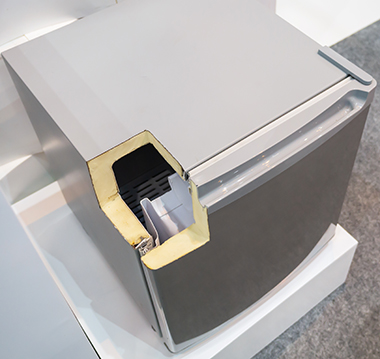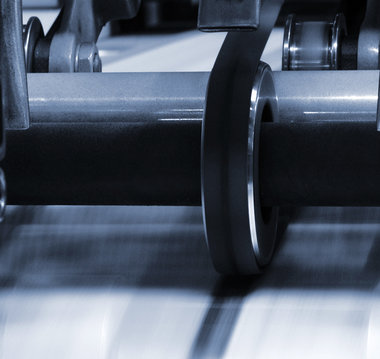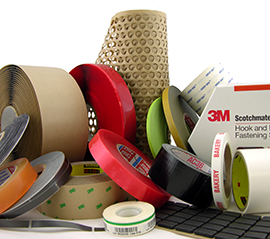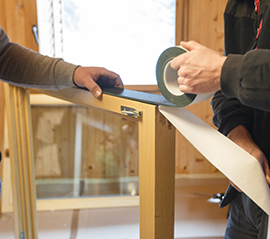



Tape101
One of the biggest missteps you can make in your adhesive selection process is assuming that all tapes are the same - which is why we're here to help you understand the differences.
Get the eBook

One of the biggest missteps you can make in your adhesive selection process is assuming that all tapes are the same. So much goes into whether an adhesive will work for your specific application, and you should consider each factor when picking out an ideal product. It's important to match the properties of your adhesive to the needs of what you're bonding.
At Budnick.com we've always made it our primary goal to educate our customers as best we can, and our Tape101 eBook and learning center is the next step in that process. We've outlined the basic steps to follow and questions to ask throughout the process of identifying an adhesive so you can approach each project with the knowledge you need to make the best decisions. Feel free to browse through the basics of tapes, or for a more in-depth overview, download our free eBook here!
Case Studies
Budnick has decades of experience developing application, product, and process solutions - read about some of our favorite solutions below!

Foam Injection Venting Solution
An appliance customer came to Budnick in search of an alternative to a Permagum sealing compound-masking tape combination that was being used to seal metal casing gaps in a refrigerator during the PU foam injection process.
- Adhesive stripes laminated to a non-woven fabric and covered with a release liner
- Striped adhesive pattern ensures proper venting
- Virtually eliminates foam leaks and re-work time

Security Panel Cover Attachment & Protection
Budnick's die-cutting capabilities and expertise with extended liners helped create user-friendly solutions for a major electronic automation and controls manufacturer.
- High bond 3M™ VHB™ Tape was die cut to the customer's exact specifications
- Added a 12 point liner that is stiff enough for easy release & and a finger-lift tab to simplify product assembly
- Designed packaging that would prevent shipping damage & also act as a dispenser unit for the parts

Case Study Custom Printing
Budnick's flexographic printing capabilities were put to the test to create custom printed container seals for a leading packaging manufacturer.
- The seals feature Budnick’s ability to combine static flexo printed images with variable printed data
- Lot numbers were printed in both barcode and human readable for on four labels
- The labels’ adhesive system sticks to multiple surfaces and includes a tamper evident security feature



